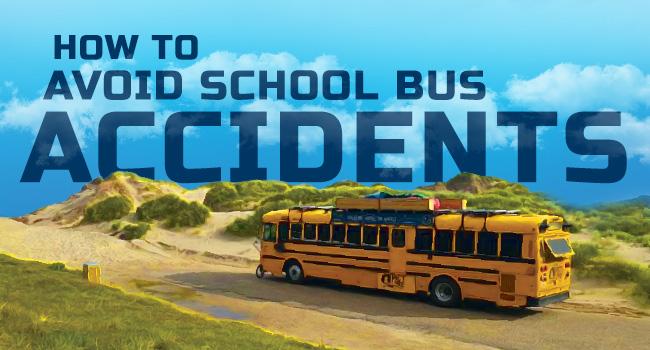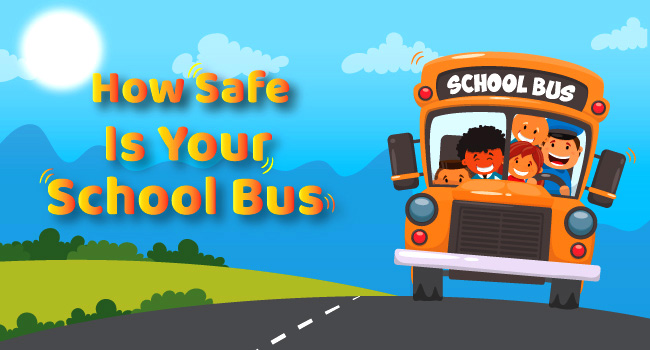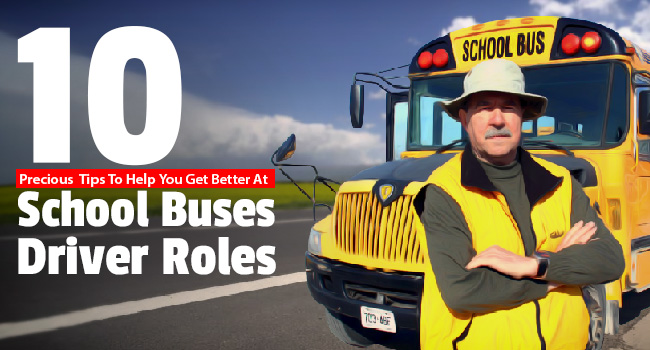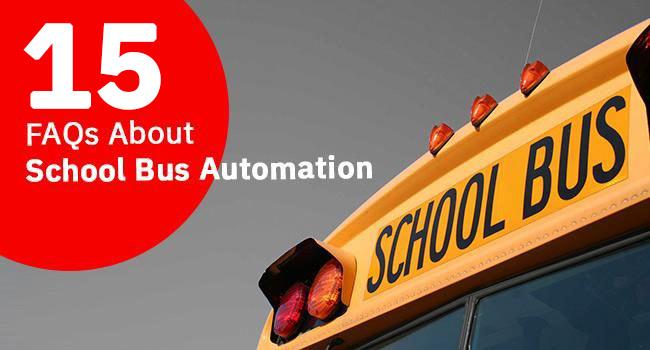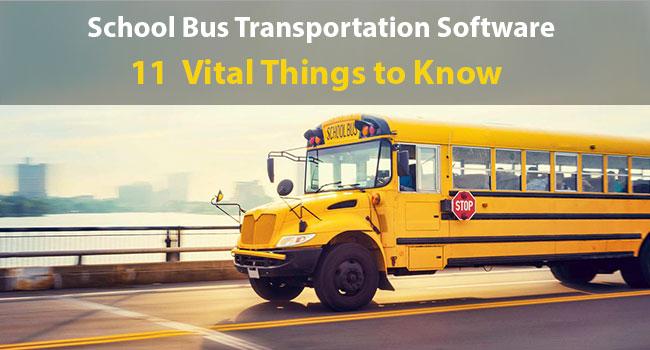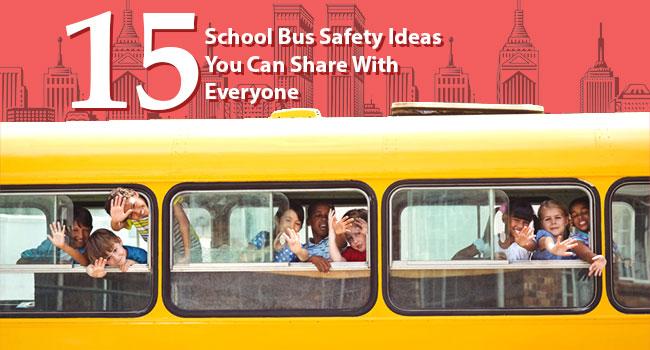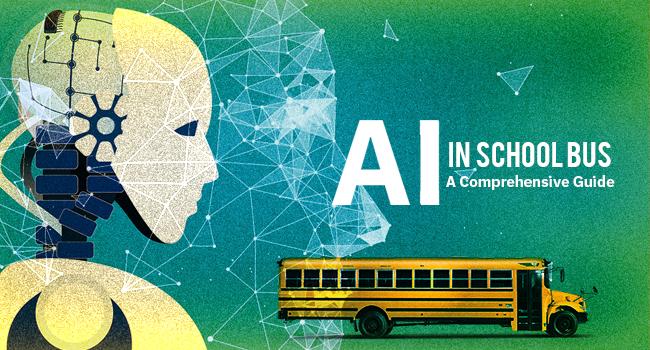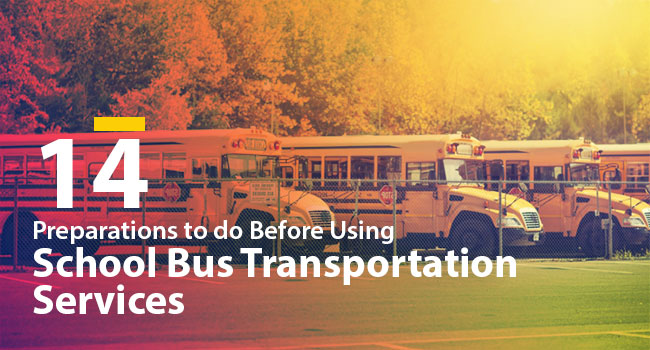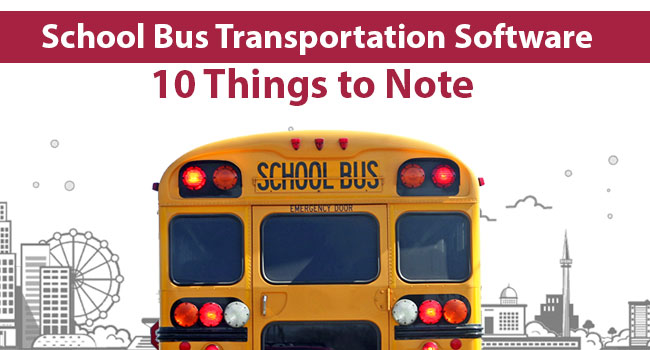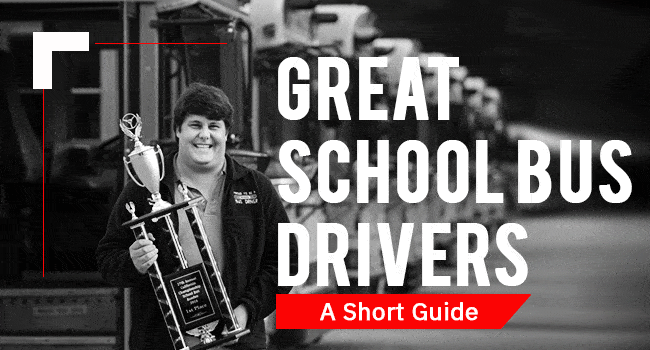It will not be an overstatement to mention that great drivers are the life-blood of any school district aiming at an efficient and problem-free fleet. It is through these professionally trained men that kids, parents and everyone concerned can heave a sigh of relief.
It is because of these men who are always behind the wheels of school buses that your school-going kids reach home safe and on time. With so much being said about school bus drivers, this exhaustive blog points out every facet of hiring, training, retaining and attracting them.
It also sheds light on all the qualities of a school bus driver that will stand as a testimony for him to be called “Great”. Before you try to understand all the above-mentioned aspects of great school bus drivers, let us first focus on the duties of a school bus driver.
School Bus Driver Duties

Every job comes with a detailed job description speaking of the “good to have” and “must have” skills so as to hire the most befitting candidate.
So is the case with school bus drivers who are supposed to match their job description so that they move on from being considered as mere vehicle-operators to friends of both students and their parents.
On the flipside, every job entails upon certain duties that should be fulfilled by an employee. Here are certain duties of a school bus driver:
-
The one that tops the list is the ordained duty of picking up and dropping school kids at their designated points.
-
It is also his duty to follow the routes that are mentioned by the school authorities.
-
He is required to keep his eyes and ears open to weather and traffic conditions.
-
In addition to meeting timelines, he should ensure the safety of kids onboard at all times.
-
He should periodically test the tires, brakes and other bus-body parts and suggest timely overhauling and maintenance procedures.
-
It is also the prime duty of a school bus driver to ensure that kids maintain a safe environment while onboarding.
Qualities of a Great School Bus Driver

There are many things that separate a good school bus driver from a great school bus driver. While a good school bus driver may follow all the traffic rules, a great school bus driver goes beyond these requirements.
Since it is all about ensuring the safety of school kids at all times in addition to effectively managing the fleet through timely maintenance, here are the “must have” characteristics of a great school bus driver.
-
Sticks to rules and ensures safety of school kids
The topmost quality of a school bus driver is his adherence to rules. All for the sake of ensuring the safety of school kids, he is expected to demonstrate a great deal of professionalism that manifests in the form of:
-
Punctuality both in terms of pickup and drop timings and parking the vehicle in the school garage
-
While following all the traffic rules, he should also wear seat belts so as to ensure his safety which is indirectly linked to the safety of the kids onboard
-
He is expected to honor the signals at railway crossings
-
In addition to driving according to the traff ic signals, he is also expected to have an eye on the speed limit
-
When it comes to handling kids, patience tops the list of qualities
It is the innate quality of kids to be fidgety and mischievous. School bus drivers who deal with kids all the time are expected to exercise a great deal of patience.
While it takes all sorts of well-behaved and unruly kids to make a school trip, a great school bus driver is the one who not only drives carefully but also has an eye on the kids. Hence all those bus drivers who have patience can become great school bus drivers.
-
Timely responses to issues
Life is uncertain and it does not take more than a second for a calm situation to turn into an eventuality. Things are meant to go wrong with a number of unexpected issues cropping up en-route a school trip.
Hence a great school bus driver is expected to react fast to issues and take remedial steps to avert the extent of damage that can affect kids and the vehicle.
His decision making skills coupled with his strong presence of mind in averting accidents can be the perfect blend of must-have traits in a great school bus driver.
-
A well-informed driving professional
In addition to knowing how to use the state-of-the-art routing software that is offered by TrackSchoolBus, a great school bus driver should demonstrate routing and time management skills.
He can become an asset to any school as he is well-informed about all the school bus routes which help school management save a lot of time, money and effort.
-
Should never use school buses for personal use
A great school bus driver, alongside demonstrating his driving skills should reach the garage on time every single day. This mirrors the fact that he has not used the bus to fulfill personal obligations.
-
Should understand the world of differences between a car and a school bus
School bus drivers should know that maneuvering a passenger car is way too different from being at the wheel of a school bus. School bus drivers are expected to exercise caution while driving. Hence the motto should be to drive slowly and steadily.
Why is there a Shortage of School Bus Drivers?

Topping the list of challenges faced by school districts across the globe is the shortage of school bus drivers. Enabling you to get the right picture of this biggest challenge, here are the main reasons that are leading to an acute scarcity of school bus drivers.
-
The main obstacle that comes in the way of school bus drivers is the fact that they need to wait for up to 6 months to clear the Commercial Driver’s License (CDL) exam.
-
Next in line are the monetary requirements that entail upon a driver’s job. Alongside expecting better benefits, school bus drivers are required to spend their time and efforts in getting a CDL.
-
The number of hours that are required to be put in by a school bus driver is another concern impacting the deficiency of school bus drivers.
From the school administration perspective, here is the main reason for the shortage of school bus drivers.
The fact that mechanics are available only for 4 hours a day is an impediment for school bus drivers to address to breakdowns.
Also when it comes to regular maintenance of school bus fleet, school bus drivers have to rely on these trained mechanics to perform routine safety checks.
Hence it is because of maintenance requirements that schools are unable to bridge the gap between the demand and supply of school bus drivers.
How to Attract School Bus Drivers?

It is the responsibility of every school to attract many applications from school bus drivers so that their fleet requirements are filled in. In an attempt to experience a steady flow of applications, it is the need of the hour to look out for creative ways to recruit school bus drivers.
While the conventional newspaper ads and fliers may yield results, sometimes the informal communication between people can fill in a school bus driver vacancy. If you are looking for other compelling means that will help schools fill their school bus driver positions, here they come.
-
Billboards Can Make Their Presence Felt
Notwithstanding the fact that the bright yellow-colored school buses make their strong presence felt on city roads, you may go ahead and cash in on the strength of attractive billboards.
Billboards in the form of attention-grabbing vinyl signs can display the message of a vacancy. These billboards when displayed on school buses can create an impact on the readers and riders.
These people can in-turn spread this message to school bus drivers who are looking for an employment.
-
Maintain a Rapport with PTA
It is important for transport organizations to foster their relationship with the Parent Teacher Associations (PTAs).
Once transport conglomerates start building a rapport with PTAs, they will be able to collect data points about good school drivers who used to ferry their kids when they were small.
PTAs serve as effective means to fill in the drivers’ seats of school buses since they can vouch for the behavior of all those school bus drivers who transported kids on time and safely.
-
Unleash the Power of Direct-Mailing
Directly mailing prospective candidates for the role of school bus drivers is another means to fill the vacant positions.
It comes as an intelligent move to send a recruitment letter supported by a poster and the job application to people who might be interested to work as school bus drivers. These professions come with flexible schedules which can come as a blessing to fill up school bus driver vacancies.
How to Train School Bus Drivers?

Training school bus drivers is a significant part to ensure the safety of school students. Training is also about informing drivers with emergency planning tactics along with harping on the importance of common sense while being at the wheel.
And to impart this training to drivers, you can bank upon the knowledge imparted by school bus driver training programs.
Given the fact that a majority of these training programs focus only on how to maneuver and drive a school bus, it is the need of the hour to equip them with details concerning safety issues and crises management.
With an intention to prepare the school bus drivers for any sort of eventuality that might arise while driving, below are certain training measures that should be taken by school authorities.
-
School bus drivers should be informed about the latest trends in school violence so as to avert any such incident.
-
They should be trained to deal with bus supervision issues.
-
School bus drivers who have a thorough knowledge of their vehicle will be in a position to conduct pre & post trip inspections. Along with periodical checkup of brakes, they should be trained to adjust their mirrors and reference points so as to avert accidents.
-
Every school bus driver should be taught about various driving situations including how to maneuver the bus at an intersection, how to safely reverse the bus and the precautions that need to be taken at railroad crossings.
-
Prevention and effective management of violent incidents that take place in the bus also form a subject to learn.
-
School bus drivers should be equipped with information concerning bus emergency strategies and exercises that need to be conducted as part of crises management.
-
They should be informed about all the ways in which school buses can become targets to terrorist attacks.
-
School bus drivers should be trained about safe bus stops along with having an eye on sleeping children. It is very important for every school bus driver to be taught about the nuances concerning student management.
-
Last but not the least, it is very important for every school bus driver to identify distractions while driving so that he/she can focus on the road ahead. This is an important part of training that will help the driver exercise his/her presence of mind to avert an accident.
Tips To Retain School Bus Drivers

It is a well-known fact that while good school bus drivers are scarce, then to retain them is quite a difficult task. All the transportation departments looking for means to retain professional and trained drivers can check out these 12 workable tips.
-
School districts should look at the salary structure of school bus drivers and strive to offer them competitive salaries. Once health and retirement benefits come as perks, they will attract more and more school bus drivers to stick to their jobs.
-
If school bus drivers are encouraged through adequate support and training, they feel valued and hence will stick on to their jobs.
-
Any reason for a driver’s unruly behavior should be immediately brought to the notice of supervisors who should be ordained to take timely action.
-
In an attempt to value the opinions of school bus drivers, it is important to conduct periodical staff meetings. As part of the agenda, supervisors should allow the drivers to say their opinions about anything that is of concern to them.
-
It is also very important to offer an unbiased treatment to all the school bus drivers.
-
School administrations inclined to retain school bus drivers should have procedures and policies along with certain best practices that should be followed by them.
-
Respect for drivers is another factor that will go a long way in retaining them.
-
A pat on the back of drivers for any positive trait such as accident-free driving or regular attendance is sure to retain them for long.
-
To top it all, financial incentives like rewards and bonuses can come in as attractive means to retain good school bus drivers.
Closing Thoughts
Given the fact that good school bus drivers are an asset to every school, it pays for school authorities to pay heed to their concerns and demands. Only then they will be encouraged to take pride in their job.
Along with training, appreciating and respecting school bus drivers can bring in a great deal of accountability to their ordained duty of transporting students safely and on time.
